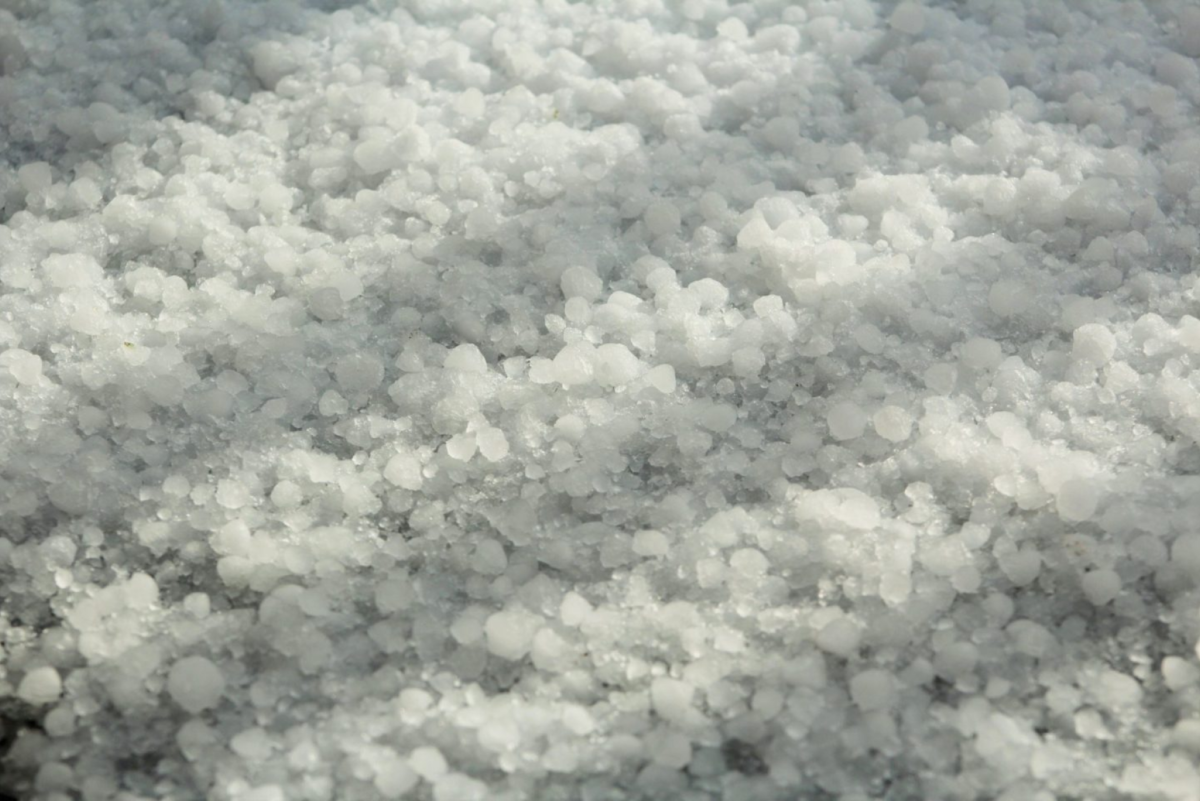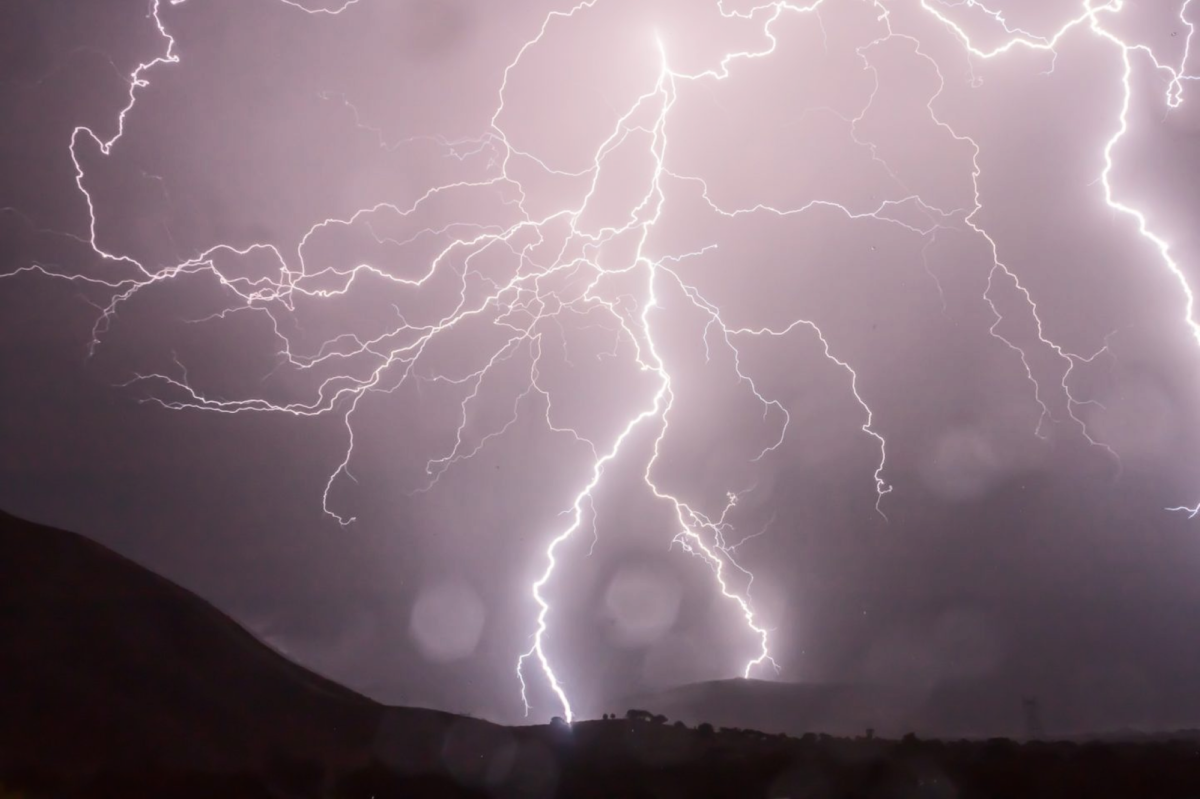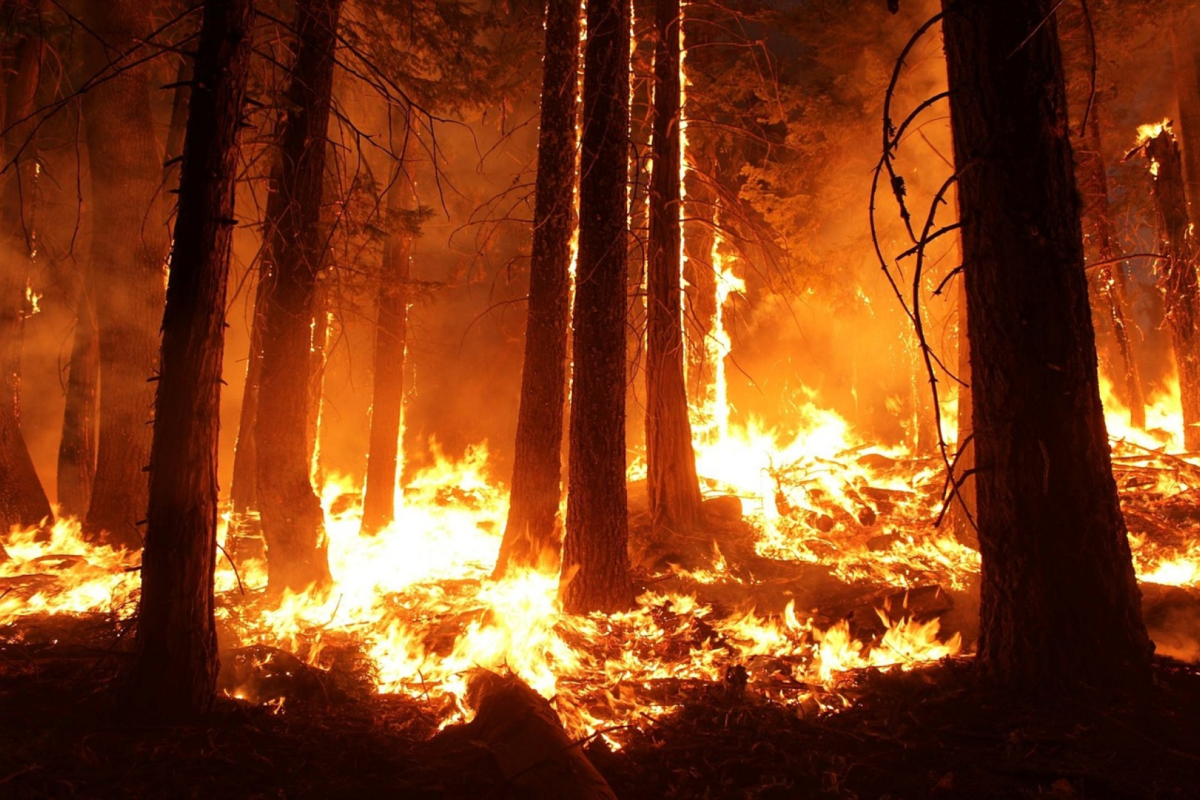Future hail and severe weather environment
Posted on November 19, 2018
by John Hanesiak, Professor, Department of Environment and Geography, University of Manitoba

Posted on November 19, 2018
by John Hanesiak, Professor, Department of Environment and Geography, University of Manitoba
Three model pairings (HadCM3-MM5; HadCM3-HRM3 and CCSM3-MM5) from the North American Regional Climate Change Assessment Program (NARCCAP) (Mearns et al. 2012) were used to assess future (2041-2070) hail and severe weather climate west of the continental divide based on the SRES A2 emission scenario. In addition, for the first time, a hail model (HAILCAST; Brimelow et al. 2002) was run using the NARCCAP models to explicitly project future changes in hail characteristics.
According to Brimelow et al. (2017), by midcentury, we may see an overall decrease in the number of severe weather days in southern Saskatchewan and Manitoba in the summer (with no change in the spring), though when it does occur, it could potentially be more severe (with respect to wind and tornadoes). However, changes in hail are not obvious due to the increasing height of freezing levels that tend to melt hail more readily.
The decrease in future severe weather days in southern Saskatchewan and Manitoba may be due to increased capping (i.e. warm air above the ground that inhibits storm formation). Much of Alberta may experience an increase in damaging hail in the summer, when storms do occur.
There does not appear to be much of a future change in severe hail days over southern Ontario, however, when hail does occur, it may potentially be larger (in spring, not summer) partially due to higher freezing levels, so as to melt smaller hail before it reaches the ground. In addition to larger hail, southern Ontario may also experience an earlier occurrence of large hail in the spring period.
Over all regions, the common ingredient that creates conditions for more intense storms is an overall increase in atmospheric moisture, caused by increased future warming that increases storm energy (when storms do occur). These results are broadly consistent with other U.S. research (e.g. Allen et al. 2015; Trapp et al. 2009; Van Klooster and Roebber, 2009), although future changes in the summer jet stream affecting southern Canada may not substantially decrease like the U.S. This is partially why parts of the southern Canadian Prairies may not see decreased severe weather potential in summer.
References
Allen, J. T., Tippett, M. K. & Sobel, A. H., 2015: An empirical model relating US monthly hail occurrence to large-scale meteorological environment. J. Adv. Model. Earth Syst. 7, 226–243.
Brimelow, J. C., Reuter, G. W. & Poolman, E. R., 2002: Modeling maximum hail size in Alberta thunderstorms. Weath. Forecast. 17, 1048–1062.
Brimelow, J.C., W.R. Burrows and J.M. Hanesiak, 2017: The changing hail threat over North America in response to anthropogenic climate change. Nat. Clim. Change, DOI: 10.1038/NCLIMATE3321.
Mearns, L. O. et al. 2012: The North American regional climate change assessment program: overview of phase I results. Bull. Am. Meteorol. Soc. 93, 1337–1362.
Trapp, R. J., Diffenbaugh, N. S. & Gluhovsky, 2009: A. Transient response of severe thunderstorm forcing to elevated greenhouse gas concentrations. Geophys. Res. Lett. 36, L01703.
Van Klooster, S. L. & Roebber, P. J., 2009: Surface-based convective potential in the contiguous United States in a business-as-usual future climate. J. Clim. 22, 3317–3330.

